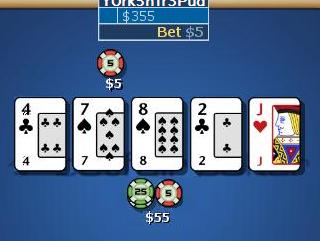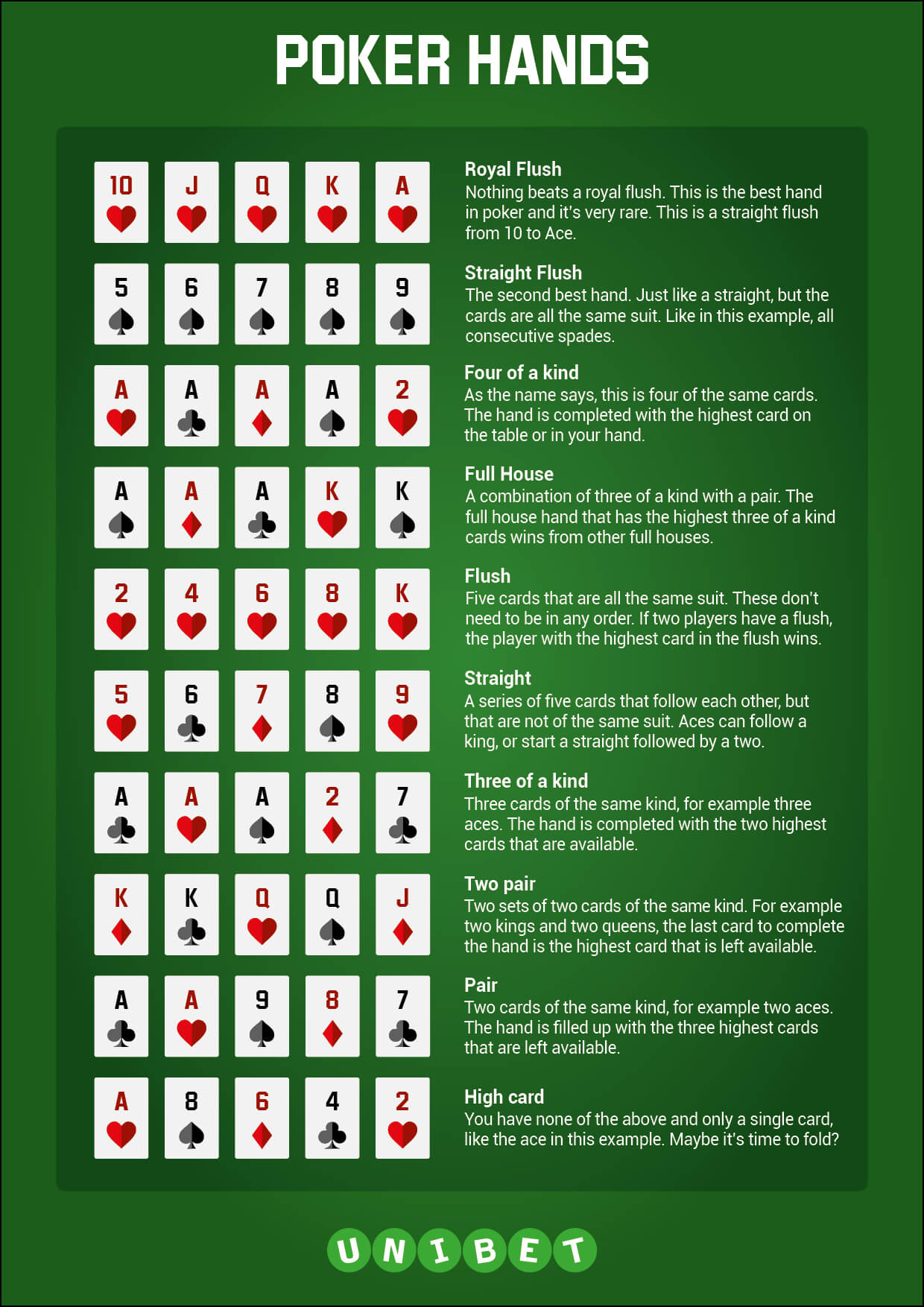- Fixed Limit Poker Betting Rules Poker
- Fixed Limit Poker Betting Rules Against
- Fixed Limit Poker Betting Rules Card Game
- Fixed Limit Poker Betting Rules For Real
All of the rules and mechanics of the game will be explained as this course progresses, but bear in mind that when we are talking about “poker”, we are almost always talking about no limit Texas Hold’em, unless otherwise stated. It is the easiest variant to learn and is justifiably the most popular.
Most televised tournaments are NLHE competitions, including main events on the European Poker Tour (EPT), Latin America Poker Tour (LAPT), Asia Pacific Poker Tour (APPT) and all other regional PokerStars tours. The main event of the World Series of Poker, held in Las Vegas every year, is also a no limit Texas Hold’em tournament.
If you see two concealed “hole” cards in front of a player, he or she is playing Texas Hold’em. You will find hundreds of Texas Hold’em tables on offer when you first look round the PokerStars lobby.

No Limit or Fixed Limit
Fixed limit, often abbreviated to FL, was traditionally the most commonly used betting structure in the majority of poker variants. It’s still popular now but no limit has become the betting structure of choice for most players. As the name suggests, players may only bet and raise in fixed amounts when playing fixed limit. There are usually. In limit Hold'em, the betting amounts are pre-determined and limited to a fixed sum. So, for example, a game could be played with a $2.00 limit. This would mean that all bets (with the exception of. In Fixed-Limit Hold'em there is a set number of raises you can make before the betting is capped. Although it can vary from room to room, action is typically capped at four or five bets (always check the house rules before playing your first hand).
As stated above, the beginner’s courses at PokerStars School focus almost exclusively on no limit Texas Hold’em. It is therefore important to understand what “no limit” means in a poker context.
In some games – known as fixed limit or pot limit – players are permitted to bet only a very specific amount, determined by the pre-arranged level of the game. But “no limit” means that there are no betting restrictions: no matter how many chips you have in front of you during a no limit game, you are allowed to bet them all whenever it is your turn.
Fixed Limit Poker Betting Rules Poker
Crucially, you are not allowed to bet any more than you have in front of you. You cannot reach into your pocket, or visit the PokerStars cashier, when you are in the middle of a hand. But if you have the chips on the table, you can wager them all at any time in a no limit game.
As a result of this betting freedom, no limit games can be quite volatile. Players can lose all their chips – or double their stack – in only one hand. Later in the course, we deal with the crucial concepts of bankroll management, which will ensure you do not go broke. But for the time being remember that a no limit game means that all your chips are in play all the time, so be careful and learn at the play money, or low-limit, tables.
Tournament v Cash Play
Even at this very early stage in your poker career, it is worth understanding the difference between “cash” and “tournament” poker. PokerStars School covers both in some depth in later courses, but it is important to know what separates the two.

In short: a cash game is played with chips that have a real cash value and players join and leave the game at any time they please. Essentially a cash game is endless, with the participants changing continually as play progresses.
Cash games take place around only one table. You play a cash game only against the players beside whom you are seated, and if you don’t like those opponents, you can get up and find another game.
Fixed Limit Poker Betting Rules Against
(Note: there is not any actual cash on the table. All poker is played using chips, or online where your balance is indicated on the screen.)
Fixed Limit Poker Betting Rules Card Game
Cash Games or Tournament Poker – which is best?
By contrast a tournament is played in accordance with a very strict and pre-defined structure, costing a specific entrance fee. Any number of players can enter, and players in a tournament are spread across as many tables as it takes to fit them in.
A tournament is completed when a player has either lost all his chips or has won everyone else’s.
At the beginning of a tournament, all the players exhange an entry fee for a number of tournament chips. Everyone is charged the same amount to enter, and everyone gets the same number of chips. From then on, these chips are the only currency that matters. Tournament chips have no cash value from the moment the tournament begins.
Fixed Limit Poker Betting Rules For Real
The champion – ie, the player who is never knocked out and accumulates all the others’ chips – takes the biggest slice of a prize pool, with money also going to an agreed percentage of the top-placed finishers. Second place will win an agreed amount; third place slightly less, and so on.